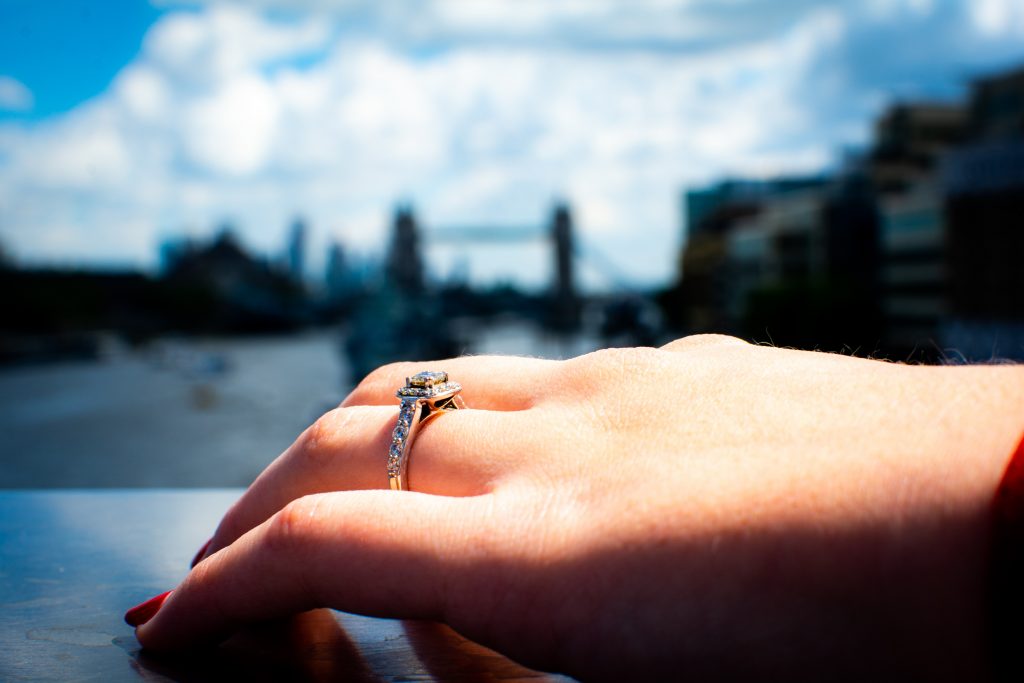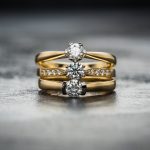When you hear the words “diamond ring”, the first thing that comes to your mind is probably an engagement ring, right? These days, the gems are closely connected to love and romance. However, as with many wedding traditions, it has a not-so-romantic beginning.
According to Marie Claire, the first recorded bride to have received the sparkling surprise for her engagement was Archduke Maximillian of Austria’s bride-to-be in 1477. However, this was not the inception of the diamond ring proposal.
That achievement is attributed to the jewellery giant, De Beers. Insider reports that diamonds have become the world’s most popular choice for engagement rings as a result of a marketing ploy by De Beers.
Early in the 1900s, diamond production was low. Engagement rings were often given to women for the purpose of marriage, however for the most part the gem was not a diamond. By 1938, the diamond had become more popular for this purpose. But, as its value dropped with the Great Depression, their popularity dropped once again.
In 1947, De Beers launched a clever advertising campaign. The slogan for the campaign was “a diamond is forever”. De Beers built their marketing around the idea that diamonds – with their brilliance, unbreakable character, and everlasting nature – are symbolic of the commitment of marriage, which is forever.
De Beers’ tactics were elaborate, as they targeted the psychology of human beings. In 1982, an investigating journalist named Edward Jay Epstein wrote an exposé in The Atlantic about the campaign.
In this tell-all, 20 000 word piece, Epstein revealed shocking truths about the advertising campaign. “Even though diamonds can in fact be shattered, chipped, discolored, or incinerated to ash, the concept of eternity perfectly captured the magical qualities that the advertising agency wanted to attribute to diamonds,” he wrote.
According to Epstein, part of the advertising strategy included sending lecturers to schools to ensure children knew the value of diamonds. He said that they also created a weekly service called “Hollywood personalities” which “provided 125 leading newspapers with descriptions of the diamonds worn by movie stars.”
The campaign was so rigorous and aggressive that it spread across the ocean to other countries. It may, however, not be that surprising as they had spent millions a year on the campaign which even reached Japan, a country that had not included engagement rings in their traditions prior to this. The campaign lasted about 4 decades, and remnants of it can still be seen today in some advertisements.
These days, however, diamonds are falling in popularity. Many refuse to participate in the diamond business for ethical reasons. De Beers is a massive, powerful company though. Who knows what their next ad campaign will achieve.
Feature image: Unsplash



















